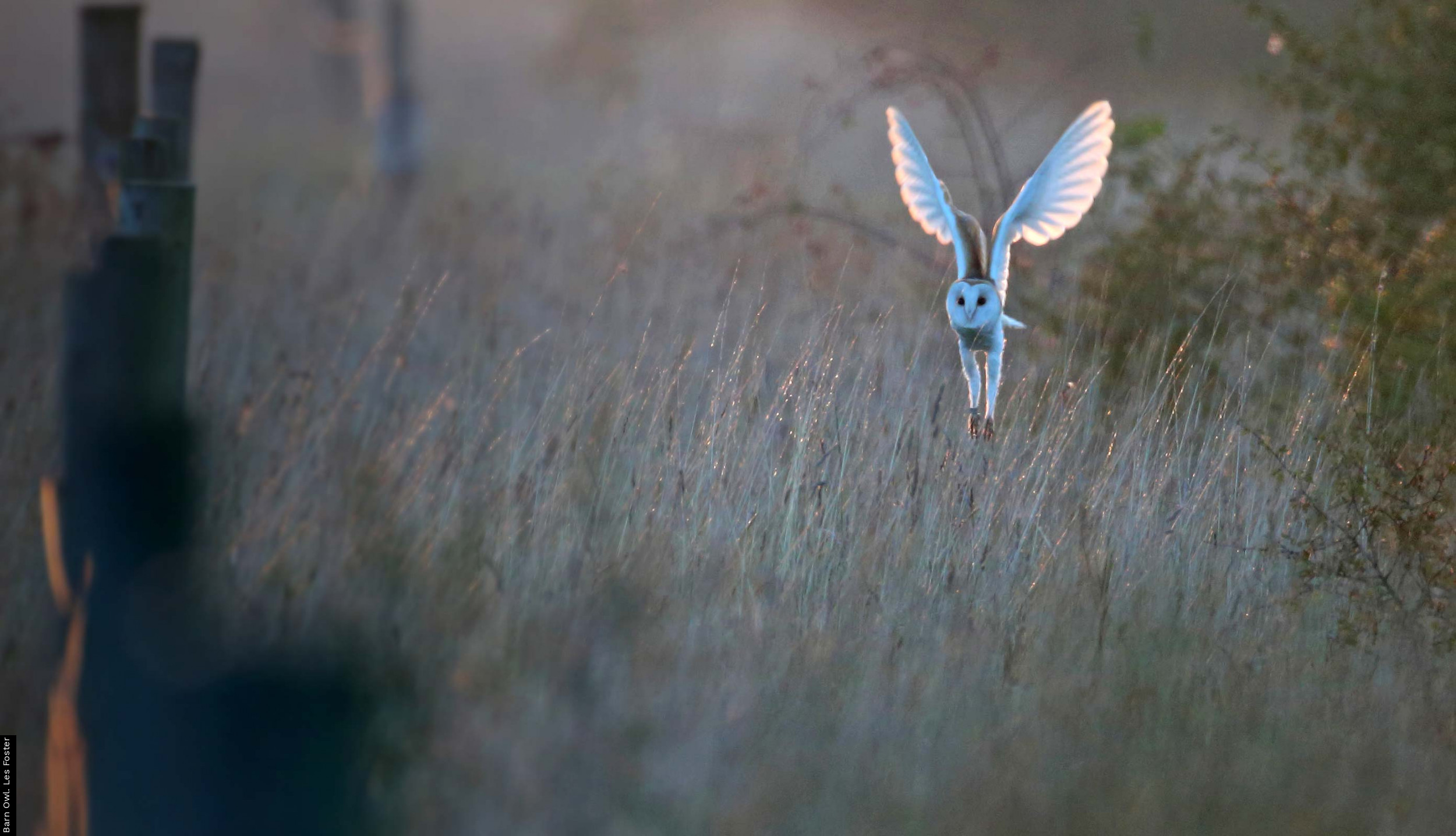Sternidae - Terns
Perhaps the most graceful of seabirds, their buoyant flight and long tail-streamers means they well deserve their alternative name of sea-swallows. Found throughout the world, they are summer visitors to Europe, spending the winter off the coast of Africa or further afield in the Southern Hemisphere. The Arctic Tern makes the longest journey each year, with some individuals migrating 11,000 miles or more (as the crow flies) each way from Arctic to Antarctic. This means that those individuals who live for 25 years (the longevity record is about 30 years) will travel well in excess of 500,000 miles on migration, more than enough to take it to the moon and back (a distance of 480,000 miles, on average). During the course of it's life it will experience more daylight than almost any other creature. Although the Arctic Tern has the longest migration, many other species also traverse long distances between breeding and non-breeding season.
Terns are slender birds with long wings and hardly seem capable of undertaking such prodigious journeys. Most are white with a dark cap and red or orange bill. They feed on fish, plunge-diving from 10 or 15m to seize fish from just below the surface; they cannot swim for any distance. Terns usually pair for life, though the pair bond is not maintained in the non-breeding season.
The Arctic Tern is common around the coasts of Britain, whereas the Common Tern is commoner inland. The two can be difficult to tell apart (the Common Tern has a black tip to its bill) leading to the expression "Commic" Tern when an observer is not sure.
Regularly Occurring Species
Sandwich Tern
Roseate Tern
Common Tern
Arctic Tern
Little Tern
Black Tern
Occasional Visitors
Gull-billed Tern
Caspian Tern
Royal Tern
Lesser-crested Tern
Cabot's Tern
Elegant Tern
Aleutian Tern
Forster's Tern
Bridled Tern
Sooty Tern
Whiskered Tern
White-winged Tern






Share this page